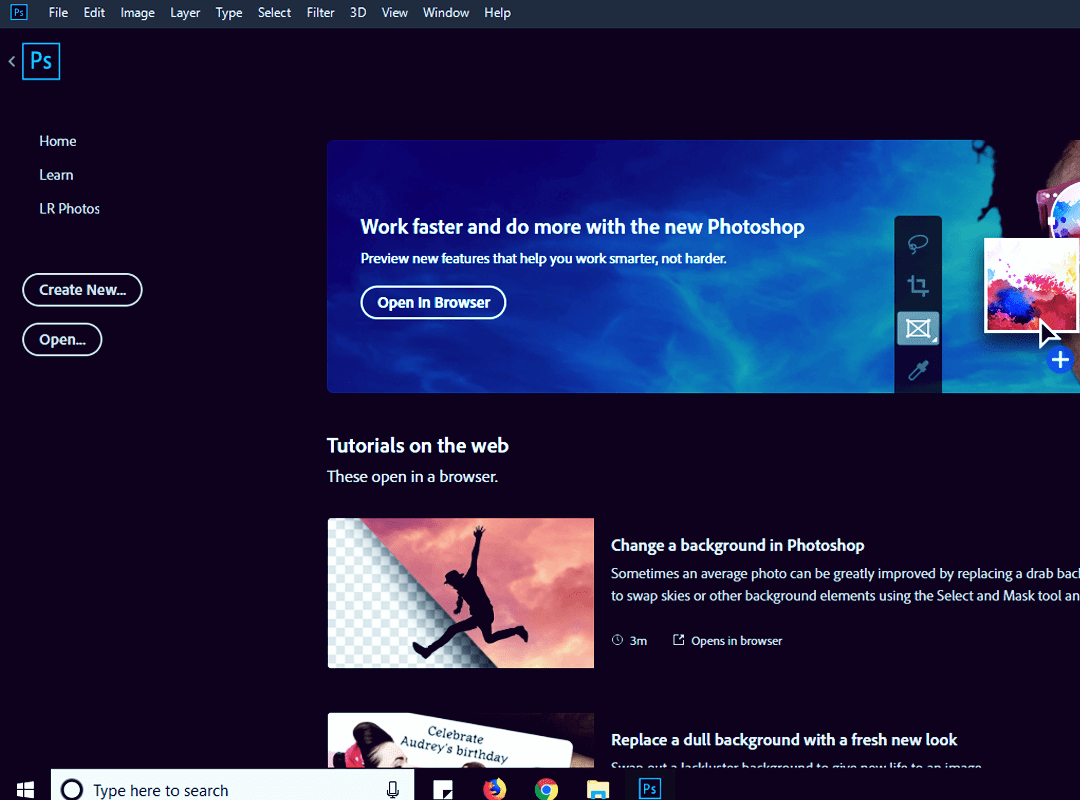Nowadays, we rely too much on technology for almost every other task. In the field of designing, let alone the design thinking process, most of our work now requires tech. We are considering many digital options even for the ideation phase in designing. This article highlights the mind mapping method for professional designers and the steps to do mind mapping manually.
Mind mapping method for professional designers was popularised by Tony Buzan in 70s, although it traces back its origins to earlier centuries. Practised even by a scholar like Leonardo Da Vinci, this process lets you create branches of ideas and suggestions linking to a central idea of design. You can use the Mind mapping method for various businesses or campaigns, but here, you will be acquainted with its application in designing. Following are the steps to do mind mapping manually:

Step 1: Discuss the topic
This is the first and very important step of the mind mapping method for professional designers. You are required to discuss the topic in order to determine the central idea of your design and your mind map as well. Every member in your team must be aware of the concept of your design and mind mapping. There is no scope for any lack of any information related to the topic. So, for the very first step towards creating a mind map, you need to acquaint your team with design briefs to generate good results in the ideation phase in designing.
Step 2: Select your starting point
The second step of this process lets you determine the starting point of your mind map for ideation phase in designing. After discussing the topic with your team or by yourself (in case you are working alone), you need to recall the central idea for your design. This central idea will also be the center of your mind map. Now, you should write this idea in large letters, describing the central idea of your design, on a large sheet of paper. This will serve as the main topic to stretch out more ideas in the further proceeding steps to do mind mapping manually.

Step 3: The first set
The third step of mind mapping method for professional designers allows you to deal with the completion process of your mind map. Now, as you have a central topic to start with, start thinking about the first branches of the mind map. The first set should be expressive and directly related to the central topic. Keep the sentences short and full. Try adding some factual information. Reach out to the basic topics like users or audience, cost value, pros & cons, etc. If there are any spaces or gaps of content in the first set, add them in the next steps to do mind mapping manually.
Step 4: Go with the ‘flow’
The word ‘flow’ here depicts the flow of information and ideas from topics into sub-topics and so on. For the second set, write down sub-topics for providing more details on the topics in the first set. Do the same for the third set as well. Now, start adding your ideas over each topic and subtopic. Cover each and every aspect of information relating to any of the mentioned topics and write them down with your ideas. While completing this ideation phase in designing, the environment should be non-judgemental and clear to criticism.
These are the steps to do mind mapping manually. Now, you can use these steps while performing mind mapping method for professional designers, although it is not necessary to perform it in this way only. You can shuffle up the steps of adding topics and sub-topics according to your need. If you want to know about more design thinking processes, read our blog: ‘10 design thinking methodologies for creative conceptualisation of ideas’.








